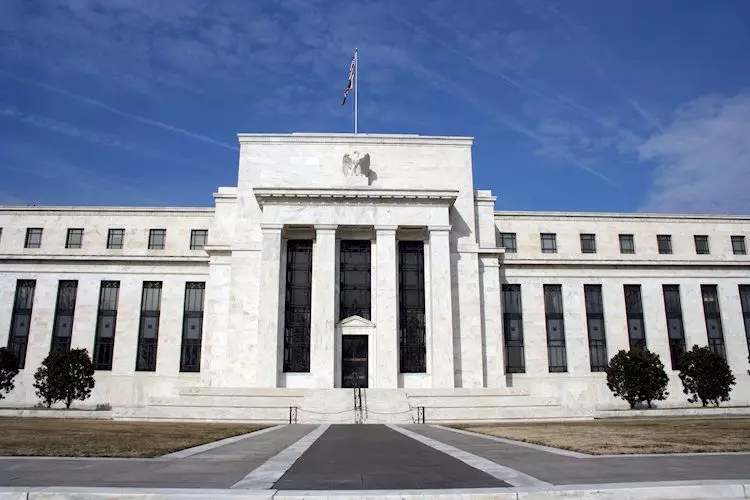The U.S. economy is navigating a complex and evolving landscape, characterized by both resilience and uncertainty. Recently, Neel Kashkari, the President of the Federal Reserve Bank of Minneapolis, articulated a cautious optimism regarding the economy’s performance in the face of ongoing inflationary pressures. While notable progress has been made in countering inflation, Kashkari emphasized that the journey is far from over; the goal remains to stabilize inflation at 2%. This article delves into the intricacies of the current economic climate, examining the Federal Reserve’s role, monetary policy impacts, and broader implications for businesses and labor.
Despite facing obstacles, the U.S. economy has demonstrated remarkable strength in recent times. This strength primarily stems from consumer spending, business investments, and a rebounding job market. However, the question remains: how sustainable is this growth amid rising inflation? The Federal Reserve’s ongoing battle against inflation necessitates a delicate balance; there is a pressing need to ensure that inflation is not just subdued temporarily, but brought down to the 2% target in a sustainable manner. The uncertainty surrounding this target leaves many segments of the economy on edge, as they await clearer indicators of economic direction.
With immigration policies currently undergoing scrutiny, businesses face challenges that could impact labor availability. Deportations of employees present a real risk for companies operating in workforce-dependent sectors. This situation fosters an atmosphere of uncertainty, with business leaders expressing cautious optimism while simultaneously grappling with potential operational disruptions. Adjustments in labor supply due to policy changes will likely require both the business community and lawmakers to negotiate new pathways to stabilize the workforce.
At the heart of monetary policy in the United States is the Federal Reserve’s dual mandate: to achieve price stability and to promote maximum sustainable employment. Interest rate adjustments serve as the primary tool within this framework. When inflation exceeds its 2% target, raising interest rates becomes necessary to curb spending and stabilize prices. Conversely, in periods of economic downturn marked by high unemployment, lowering interest rates encourages borrowing and spending, thereby providing a stimulus to the economy.
The Federal Open Market Committee (FOMC) convenes eight times a year to evaluate the economic landscape and adjust monetary policy accordingly. Comprising 12 voting members, including the Board of Governors and prominent regional Reserve Bank presidents, the FOMC’s decisions wield significant influence over the U.S. economy. As monetary conditions tighten or loosen, they create ripples through financial markets, impacting everything from mortgage rates to the strength of the U.S. dollar.
While recent projections suggest a hopeful outlook, challenges remain. Federal debts and deficits are looming issues that eventually need to be addressed, especially if the economy is to maintain its present strength without spiraling into unsustainable territory. In addition, the effects of geopolitical dynamics warrant consideration, particularly if tariffs or trade restrictions are implemented. A one-time tariff may raise goods prices, but unless retaliated against by other nations, it is unlikely to trigger lasting inflation.
During times of economic distress, non-standard monetary policies, such as Quantitative Easing (QE), emerge as tools for the Federal Reserve. QE entails the Fed purchasing bonds to inject liquidity into the economy, a strategy employed during the 2008 financial crisis. While it serves as an effective short-term remedy, it often comes at the cost of a weaker dollar. Conversely, Quantitative Tightening (QT) stands as a preventive measure, reinstating confidence in financial markets by reducing bond purchasing and supporting the dollar’s strength.
As the U.S. economy moves forward, the interplay between inflation management, labor dynamics, and monetary policy will be pivotal in shaping future trajectories. With concerns surrounding immigration and labor availability coupled with the ongoing challenge of sustaining economic growth, maintaining a balance remains essential. The Federal Reserve’s approach to monetary policy will undoubtedly guide this journey, yet the intertwining factors of debt, tariffs, and global responses will continue to add layers of complexity. As businesses and labor express cautious optimism in this environment, ongoing vigilance and adaptability are crucial to navigating the uncertainties ahead.

